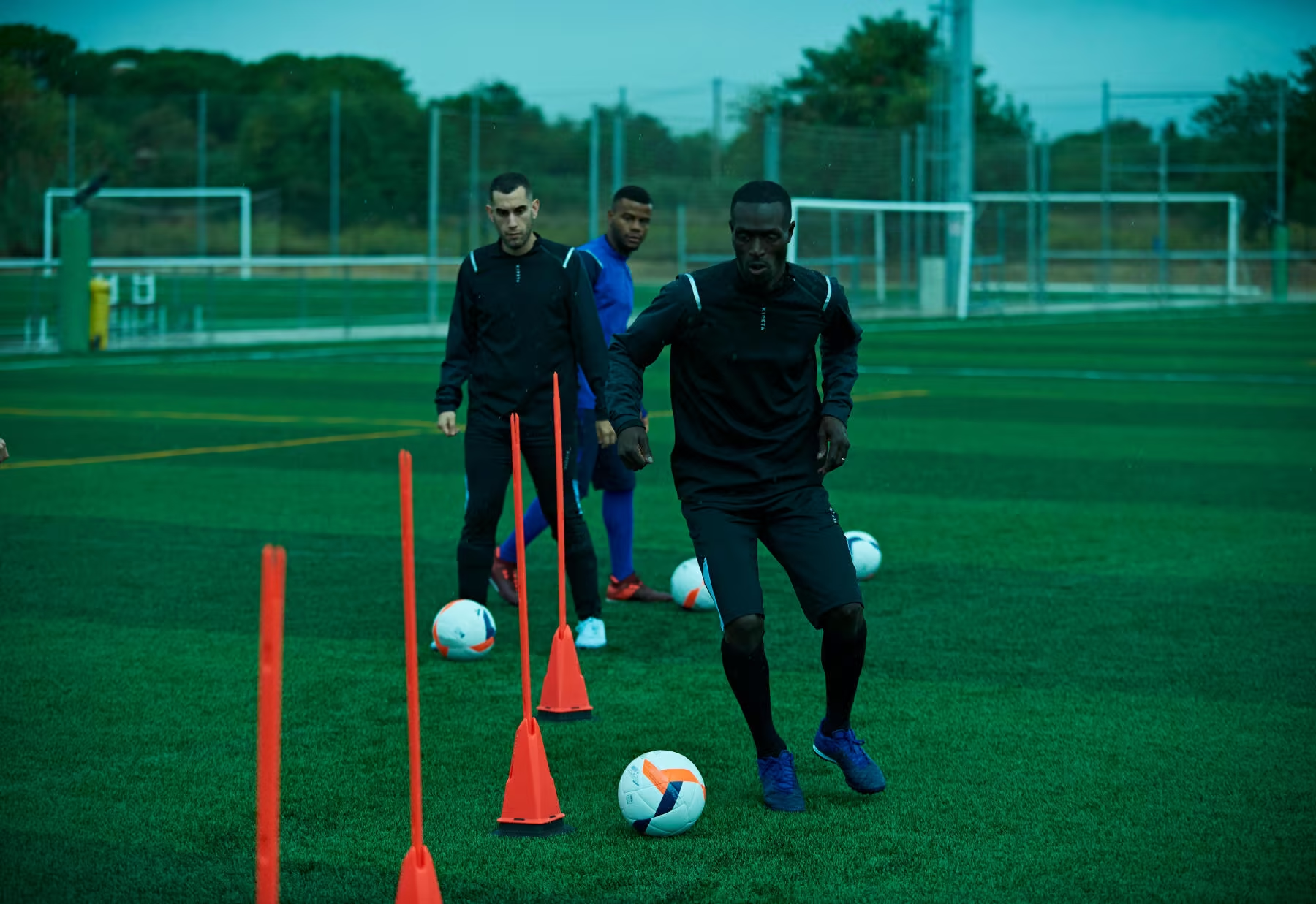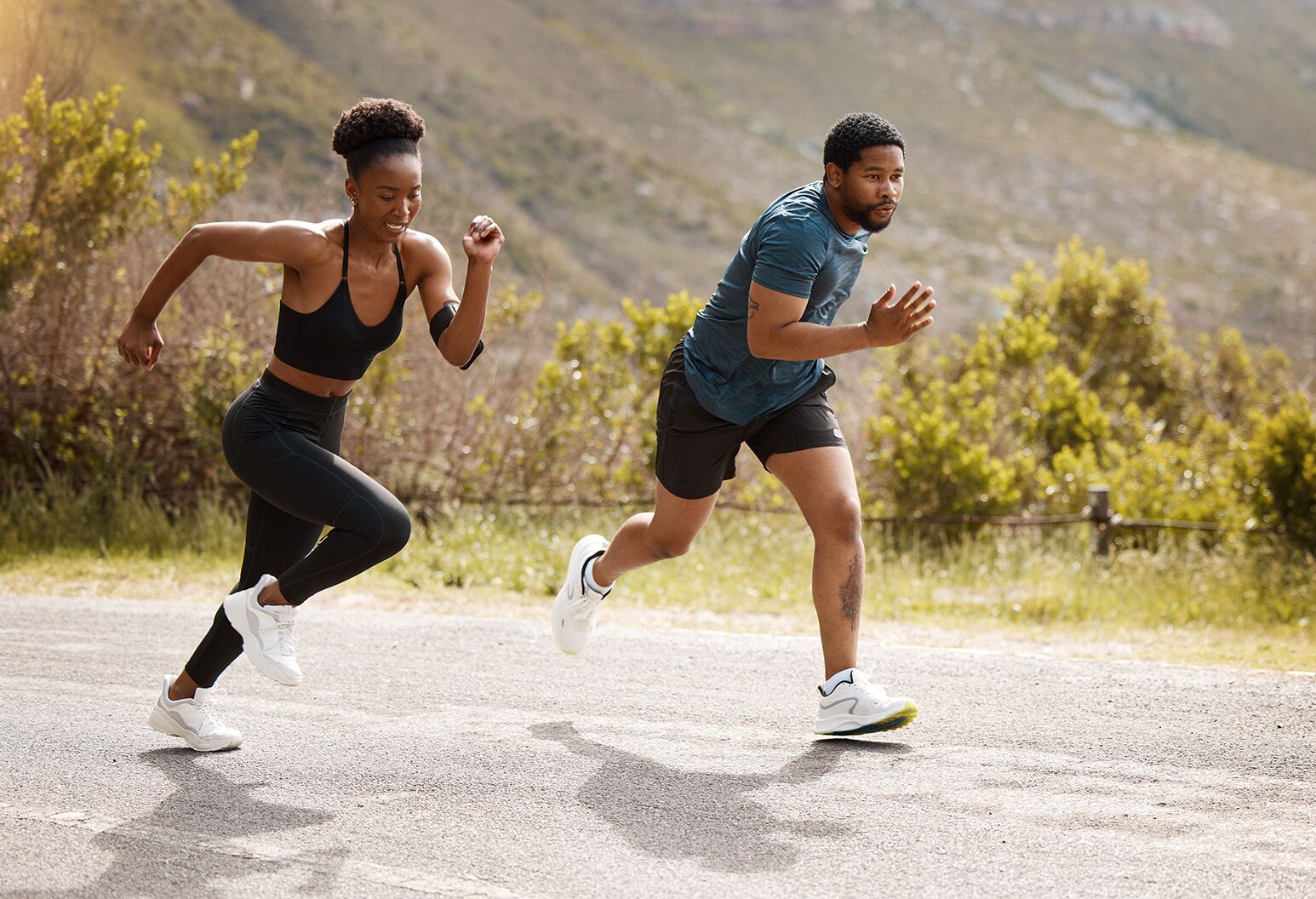Training like an athlete means more than just hitting the gym. It involves a focused approach that targets specific muscles and skills needed for your sport. By adopting sports-specific workouts, you can enhance your strength, speed, and overall performance tailored to your athletic goals. Whether you’re looking to improve in basketball, soccer, or another sport, a structured training plan is essential.
To achieve peak performance, you’ll need to build a strong foundation in strength and conditioning while also working on the skills unique to your sport. This method not only boosts physical abilities but also helps in injury prevention. With the right techniques and routines, you can maximize your training efforts and see significant improvements.
The journey doesn’t end with exercise. Recovery and proper nutrition play a crucial role in sustaining your progress and ensuring you remain at your best. Keep reading to discover how to implement an effective sports-specific workout plan that meets your unique needs and helps you reach your full athletic potential.
Key Takeaways
- Tailored workouts maximize your athletic performance.
- Strength and conditioning are vital for injury prevention.
- Recovery strategies enhance your training results.
Understanding Sports-Specific Training
Sports-specific training is designed to enhance your performance by focusing on the specific skills and physical demands of your sport. This approach ensures that you benefit from tailored workouts that directly contribute to your athletic success.
Key Principles of Athletic Training
When you engage in sports-specific training, you focus on a few key principles. First, tailoring workouts to the unique demands of your sport is essential. For example, a basketball player may work on jumping and agility, while a soccer player emphasizes endurance and footwork.
Another principle is the importance of progression. You should gradually increase the intensity or complexity of your workouts to avoid plateaus. Tracking your progress helps in making necessary adjustments to your training plan.
Lastly, incorporating variety keeps your workouts engaging and helps develop different physical qualities. This can include strength, speed, agility, and flexibility, which are crucial for improving overall athletic performance.
Energy Systems and Athletic Performance
Understanding energy systems is vital for effective training. Your body uses three main energy systems: the phosphagen system, anaerobic glycolysis, and aerobic system.
- Phosphagen System: This provides instant energy for short bursts, such as sprinting or jumping.
- Anaerobic Glycolysis: This kicks in for activities lasting about 30 seconds to 2 minutes, like repeated sprints.
- Aerobic System: This supports long-duration activities, such as distance running.
By targeting these energy systems through specific drills, you can enhance your performance and endurance in your sport.
Importance of Exercise Selection
Choosing the right exercises is crucial in sports-specific training. The exercises must reflect the movements and skills required for your sport. For instance, a swimmer might focus on upper body strength and core stability, while a football player might prioritize lower body power.
Incorporating functional movements that mimic your sport can improve the transfer of training. These movements increase your athletic ability while minimizing the risk of injury.
Additionally, you should also include drills that enhance skills like coordination, balance, and reaction time. This holistic approach ensures you are well-prepared for the challenges of your sport.
Developing a Foundation: Strength and Conditioning
A solid foundation in strength and conditioning is essential for athletes at all levels. Focusing on core strength and implementing progressive overload helps build the necessary muscle groups and endurance for peak performance.
Establishing Core Strength
Core strength is vital for stability and balance in any sport. It includes muscles in your abdomen, back, and pelvis. Exercises like planks, Russian twists, and medicine ball throws can enhance core stability.
Incorporate compound movements such as squats and deadlifts. These moves engage multiple muscle groups, which is important for developing overall strength. Use weights like barbell or dumbbells for resistance as you progress.
Aim for 2-3 sessions a week. Start with 3 sets of 10-15 repetitions. Gradually increase the weight to promote strength gains while ensuring proper form to prevent injuries.
Progressive Overload and Muscular Endurance
Progressive overload involves gradually increasing the weight or intensity of your workouts. This principle is crucial for building strength and muscular endurance. By pushing your limits, your muscles adapt and grow stronger.
To implement this, track your weights and reps each session. This helps you set clear goals. As you gain confidence, gradually increase weights, aiming for 5-10% more each week.
In addition to weights, integrate high-rep sets, like 15-20 reps, using lighter weights to improve endurance. Exercises can include power cleans and circuit training to maintain variety. Remember, consistency in effort is key to achieving your conditioning goals.
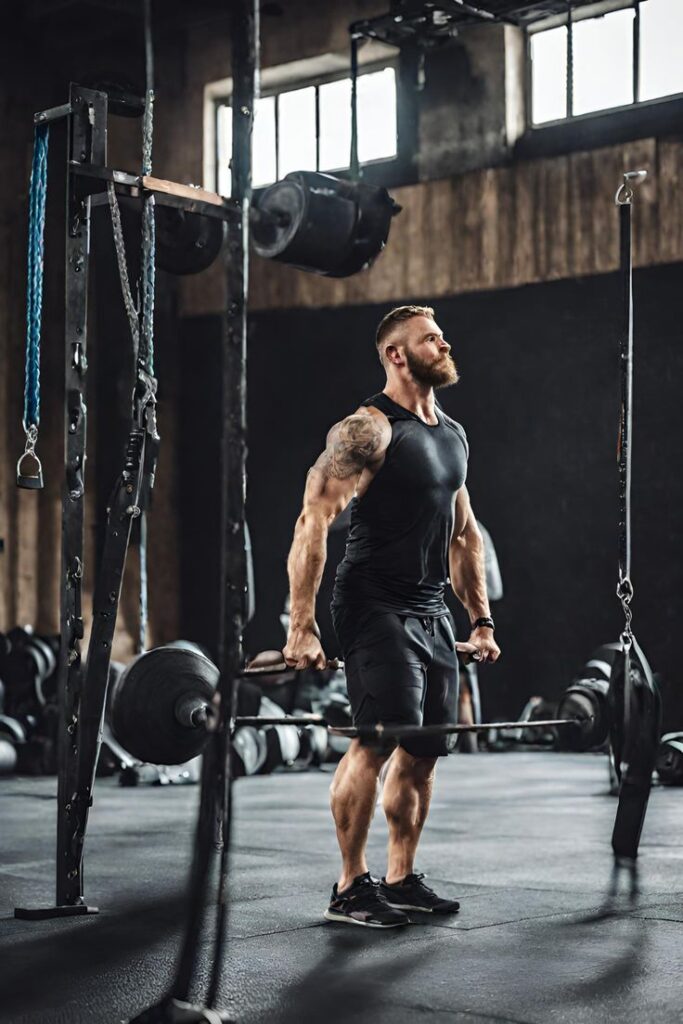
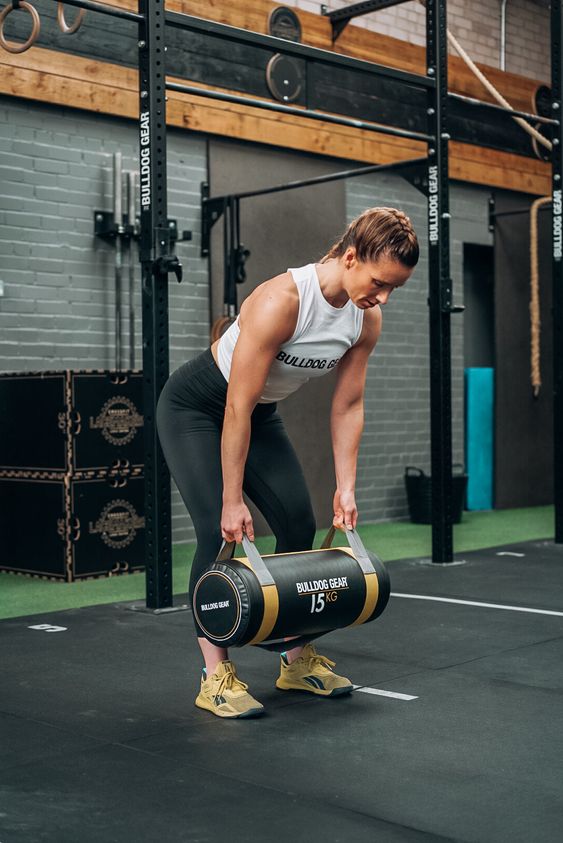
Maximizing Athletic Skills
To maximize your athletic skills, focus on developing specific abilities like speed and agility, enhancing explosiveness, and incorporating plyometric exercises. These elements play a crucial role in improving overall performance and can help set you apart in your sport.
Developing Speed and Agility
To improve your speed, you should engage in sprint drills. Short sprints, focusing on quick bursts of speed, can boost your acceleration. You can also incorporate cones or markers in your training area to practice quick changes in direction. This practice enhances your footwork and reaction time.
Agility ladders are another great tool. Use them to perform various footwork drills that increase coordination and speed. Add resistance training to strengthen your legs and core, which supports faster and more agile movements. Aim to combine these elements in your training routine.
Enhancing Explosiveness and Quickness
Explosiveness is essential for many sports. To enhance this skill, incorporate exercises that focus on rapid force production. Box jumps are an effective way to develop explosive power in your legs.
You can also try depth jumps, which train your muscles to react quickly to ground force. Focus on the speed of your movements. Quick, explosive exercises aid in your overall performance. Always prioritize proper form to prevent injury while training.
Plyometric Exercises for Power
Plyometric exercises are crucial for building power. These exercises involve explosive movements that stretch and contract muscles rapidly. Some examples include burpees, clap push-ups, and squat jumps.
Incorporate these exercises into your routine 2-3 times a week. Start with lower intensity, then gradually increase as you gain strength. Plyometrics improve your ability to generate force quickly, which translates to better performance in your sport.
Always warm up properly before starting plyometric workouts and ensure you have sufficient recovery time. Focus on quality over quantity to maximize benefits.
Sport-Specific Workout Plans
Creating a workout plan that matches your sport can greatly enhance your performance. These plans focus on the unique skills and physical demands of both team and individual sports, helping you train effectively.
Tailoring for Team Sports: Soccer, Basketball, Football
In team sports like soccer, basketball, and football, conditioning is essential. Your training should boost your speed, agility, and endurance.
Key focuses include:
- Soccer: Emphasize dribbling drills, sprints, and interval runs to improve stamina. Incorporate strength training for your legs, focusing on exercises like squats and lunges.
- Basketball: Work on vertical jumps and quick lateral movements. Plyometric exercises, such as box jumps, can enhance explosiveness.
- Football: Focus on position-specific drills. Utilize agility ladders and cones for quick footwork and sprints for endurance.
A well-rounded plan will include circuit training and specific drills tailored to your position and role on the team.
Training for Individual Sports: Tennis, Golf, Cycling
For individual sports like tennis, golf, and cycling, your workouts should cater to the specific skills and muscles used in each sport.
Consider these elements:
- Tennis: Incorporate agility drills and lateral movements to simulate court play. Resistance training can enhance your racket swing, focusing on core and shoulder strength.
- Golf: Mobility is crucial. Work on flexibility with yoga and core stability. Strength training should focus on your upper body and legs, using exercises like medicine ball throws.
- Cycling: Build endurance with long rides. Include interval training for speed and hill workouts for strength. Core exercises will improve stability on the bike.
Each of these plans should be adjusted based on your skill level and goals, ensuring that you remain challenged and make progress.
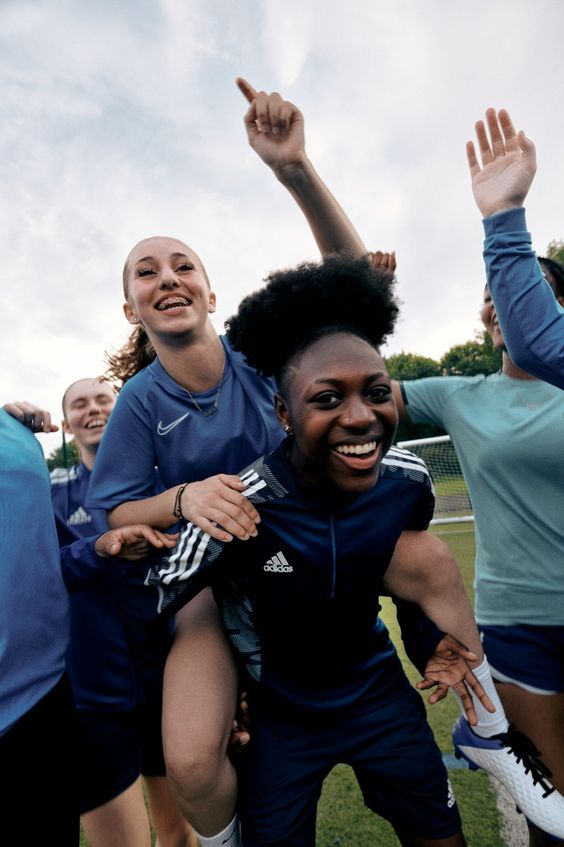
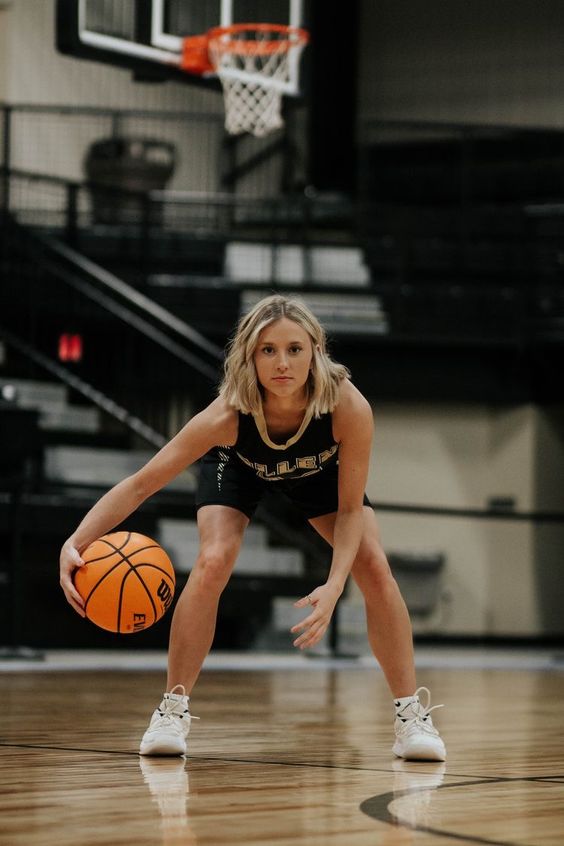
Recovery and Sustaining Performance
Proper recovery is key to maintaining your performance and preventing injury. Focusing on effective rest and smart nutrition can help you bounce back stronger.
Effective Rest and Active Recovery
Rest is crucial for your body to repair itself. Aim for 7-9 hours of quality sleep each night. During sleep, your muscles recover and grow.
Active recovery is also important. Instead of complete rest, engage in low-intensity activities like walking or gentle cycling for 20-30 minutes. This helps increase blood flow and reduces soreness. For example, after a tough workout, a light jog or yoga can aid in your recovery.
Consider these active recovery options:
- Walking or light jogging
- Swimming
- Yoga or stretching
These activities help your body recover without putting too much strain on it.
Nutrition and Hydration Strategies
Fueling your body with the right nutrients supports recovery and improves your performance. Focus on a balanced nutrition plan that includes:
- Proteins: Essential for muscle repair. Aim for sources like chicken, fish, or plant-based options.
- Carbohydrates: Restores energy. Include whole grains, fruits, and vegetables.
- Fats: Important for overall health. Choose healthy fats such as avocados, nuts, and olive oil.
Hydration is equally vital. Drink plenty of water throughout the day. During exercise, aim for about 7-10 ounces every 20 minutes. Post-workout, replenishing electrolytes with drinks or food can help recovery.
By focusing on these recovery strategies, you enhance your performance while minimizing the risk of injury.
Frequently Asked Questions
This section addresses common questions about sports-specific workouts. You will find detailed information regarding workout plans for soccer players, resources for comprehensive programs, and training considerations for both beginners and advanced athletes.
What are the key components of a sports-specific workout plan for soccer players?
A sports-specific workout plan for soccer players typically includes endurance training, agility drills, strength exercises, and flexibility work. Focus on building aerobic capacity through running drills, while incorporating sprinting and directional changes. Strength training should target the legs and core to improve power and stability.
Where can I find a comprehensive athletic workout program in PDF form?
You can find comprehensive athletic workout programs in PDF format on various sports training websites and online fitness platforms. Look for resources from certified trainers or sports organizations. Many offer free downloads that provide structured workout regimens designed for different sports.
What does a Division 1 (D1) athlete’s workout plan entail?
A Division 1 athlete’s workout plan is rigorous and highly structured. It typically involves daily training sessions that combine weightlifting, conditioning, and sport-specific drills. Nutrition and recovery strategies are also vital parts of their regimen, ensuring they maintain peak performance.
How can one develop explosive strength and power with an athlete workout program?
To develop explosive strength and power, focus on plyometric exercises such as jump squats, box jumps, and medicine ball throws. Incorporate Olympic lifts like cleans and snatches into your routine. These high-intensity movements promote fast-twitch muscle fiber engagement, crucial for explosive athletic performance.
What are some effective ways to train like an athlete from home?
Training like an athlete from home can be achieved with minimal equipment. Bodyweight exercises such as push-ups, squats, and lunges are effective. Use resistance bands for strength training, and include agility drills using cones or markers. Consistency and a structured routine are key to your success.
What are the considerations when creating an athlete training program for beginners?
When creating a training program for beginners, start with foundational exercises to build strength and endurance. Gradually increase the intensity and complexity of workouts to prevent injury. Always include warm-up and cool-down sessions, and ensure that the program addresses the athlete’s specific goals and sport.




